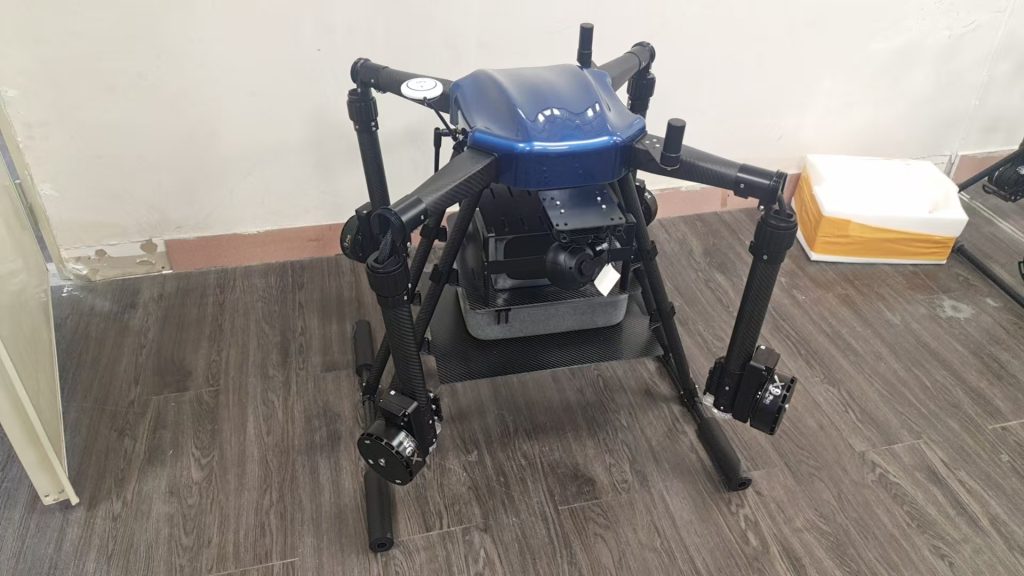
Wings Over the Blue Mountains: How Chinese Agri-Drones Are Cultivating Jamaica’s Farming Renaissance
Jamaica’s countryside, a vibrant tapestry of emerald sugar cane fields, banana plantations clinging to volcanic slopes, and coffee estates nested in the Blue Mountains, is a land where agriculture weaves together history, culture, and survival. For generations, family-run farms—most no larger than 10 hectares—have tilled this soil, producing world-renowned Jamaican Blue Mountain coffee, sweet sugar cane juice, and hearty root vegetables that feed local communities and sustain export markets. Yet beneath this tropical splendor, challenges fester. An aging farmer base (over 60% are over 55), a shrinking rural workforce as young Jamaicans move to Kingston or Miami, and climate volatility—hurricanes that flatten crops, droughts that parch fields—threaten the survival of these intimate, heritage-rich operations. It’s here, amid the scent of ripe bananas and the rhythm of donkey carts, that an unlikely helper has taken flight: agricultural drones imported from China, now gliding over Jamaican fields to prove that innovation and tradition can nurture a more resilient, prosperous future.
Jamaica’s Farms: Passion Meets Pressure
Jamaican agriculture is defined by its heart and its hurdles. In the parish of Clarendon, sugar cane farmers still burn fields to clear stubble, a practice as old as the island itself. In St. Andrew, coffee growers hand-sort beans on rustic porches, their craft passed down through grandfathers. Yet for all its charm, farming here is a daily act of resilience.
“On our 8-hectare banana farm in St. Ann, we hand-spray fungicides every week,” says Dorcas Brown, a 63-year-old farmer. “It takes two days, four workers, and half the chemicals wash into the rivers. Last year, Hurricane Matthew wiped out 30% of our crop—even with all that spraying. Young folks? They’re in Kingston now. Who will keep this farm alive?”
Climate change has sharpened these strains. Warmer temperatures accelerate pest outbreaks, while erratic rainfall—too much in some seasons, too little in others—disrupts planting cycles. Jamaica’s push to reduce chemical runoff (a key goal of its National Agricultural Policy) demands smarter tools. “We need to protect our land and feed our people,” adds Michael Grant, who runs a small coffee cooperative in the Blue Mountains. “But monitoring 5 hectares of slopes for blight? Impossible by foot. My hands are full just repairing terraces.”
Drones Tailored for Jamaica’s Land and Love of the Soil
When we first explored exporting to Jamaica, we didn’t just send drones built for flat, industrial farms. We studied the island: its rugged terrain, tropical humidity, and the quiet pride of its farmers in “farming with purpose.” What emerged was a machine built not just for Jamaica’s challenges, but for its culture of community and deep connection to the land.
Built to thrive in paradise (and storms): With a corrosion-resistant aluminum frame and IP68-rated motors, our drones withstand Jamaica’s steamy rains and salty coastal winds. Their high-capacity batteries retain 85% charge even after 80 minutes of hovering in 32°C heat—critical for farmers working long days under the Caribbean sun. “In the past, my old sprayer rusted in three months,” Dorcas laughs. “This drone? It’s still flying strong after a year of hurricanes and monsoons. It’s tougher than my mule!”
Precision for small, sacred plots: Multispectral sensors map crop health at the leaf level, flagging early signs of drought, nutrient deficiency, or pest infestations. For Michael’s coffee cooperative, this meant identifying blighted trees before they spread—saving 25% of their harvest last season. “The drone shows me exactly which trees need treatment,” he explains. “No more blanketing the whole slope. My coffee tastes the same, but my costs are down.”
Simple enough for abuelos, smart enough for youth: Many Jamaican farmers are tech-curious but value tradition. We designed a Creole-English bilingual app with one-touch “pest scan” and “spray plan” modes, paired with workshops led by local agronomists in community centers, over ackee and saltfish (Jamaica’s national dish) and blue mountain coffee. “I thought drones were for Kingston’s tech kids,” admits Dorcas’ grandson, Jamal, now a farm hand. “But after the training? I flew one myself. It’s like using a drone for photos—intuitive, and it makes me feel like I’m protecting our farm for the future. Now I’m teaching my grandma how to read the maps. It’s bridging generations.”
More Than Machines: Trust in the Heart of the Caribbean
In Jamaica, trust is earned over ackee and saltfish and stories of overcoming adversity. We didn’t just drop off drones; we partnered with the Rural Agricultural Development Authority (RADA) to host “drone field days,” where farmers tested our tech alongside traditional methods. At a sugar cane cooperative in Clarendon, growers compared drone-sprayed plots to hand-sprayed ones—finding 40% less chemical runoff and 15% higher yields. At a coffee estate in the Blue Mountains, managers used drone data to target fertilizer application, slashing costs by 25%.
“Jamaican farmers are resilient but pragmatic,” says RADA’s regional rep, Everton. “They need to see results, not specs. Once they do? They become our biggest fans.”
That trust deepened when we adapted to their reality. During last year’s drought, we rushed water-efficient nozzles to farmers using our drones. When Dorcas struggled to map steep banana terraces, our engineers updated the flight algorithm to hug contour lines—avoiding crashes into rock walls. “You didn’t just sell us a tool,” Michael says. “You stayed when the sun was scorching. That’s partnership.”
Today, drones are quietly transforming Jamaican farming:
-
Banana Farms (St. Ann): Dorcas now monitors her crop weekly, cutting chemical use by 40% and saving 20% of her harvest. “My bananas taste sweeter, and my grandson’s staying. He sees a future here—with drones.”
-
Coffee Cooperatives (Blue Mountains): Michael’s group uses drones to optimize harvest timing, boosting bean quality by 18%. “Our Blue Mountain coffee now fetches premium prices in Tokyo. Tourists love hearing about our ‘drone-tended’ beans.”
-
Sugar Cane Fields (Clarendon): Jamal’s team uses drones to spot early signs of sugarcane borer, treating small infestations before they spread. “Last year, we saved 30% of our crop. The drone is our new scout—faster and kinder to the land.”
A Partnership Rooted in Respect and Growth
What began as a business venture has become a collaboration. Jamaican farmers teach us about their land: how drones handle the island’s sudden tropical downpours, which crops (like yam tubers) need gentler spray settings, even which local phrases make training stick (“¡Vuela, dron!”—“Fly, drone!”—is now our workshop cheer). In return, we’re refining our drones: larger tanks for Clarendon’s bigger sugar cane fields, quieter motors to avoid spooking cattle, and solar panels to extend flight time in long dry seasons.
As Jamaica aims to boost agricultural exports by 20% by 2030, drones offer more than efficiency—they offer hope. They let young farmers like Jamal see a future where technology and tradition coexist. They let elders like Dorcas pass down farming wisdom without burning out. And they let this Caribbean gem prove that even in a world of industrial farms, small plots can thrive with tools that respect the earth.
So when you next see a drone gliding over Jamaican banana groves or Blue Mountain coffee terraces, know this: it’s not just flying. It’s carrying the dreams of a community, the lessons of a factory halfway across the world, and the quiet belief that the best innovations honor the past while nurturing the future.
After all, in a land where the soil is rich with history, progress should feel like coming home—warmer, wiser, and ready to grow.
THE END

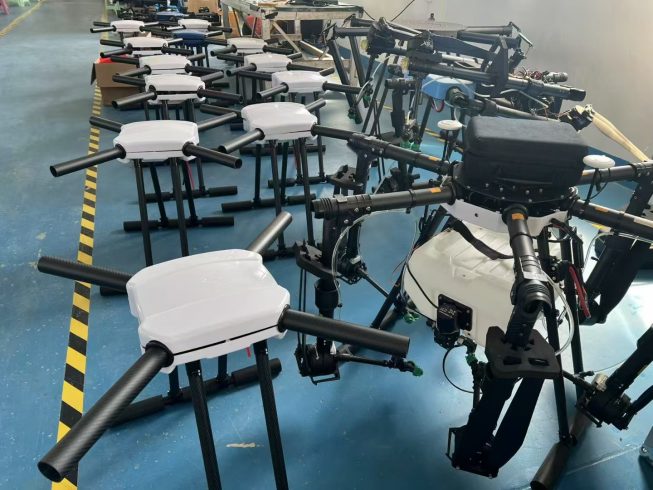
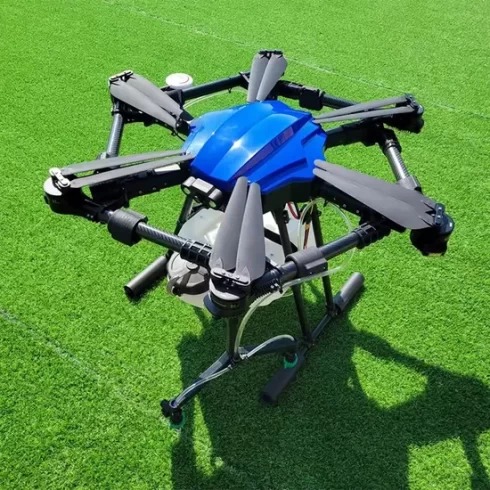
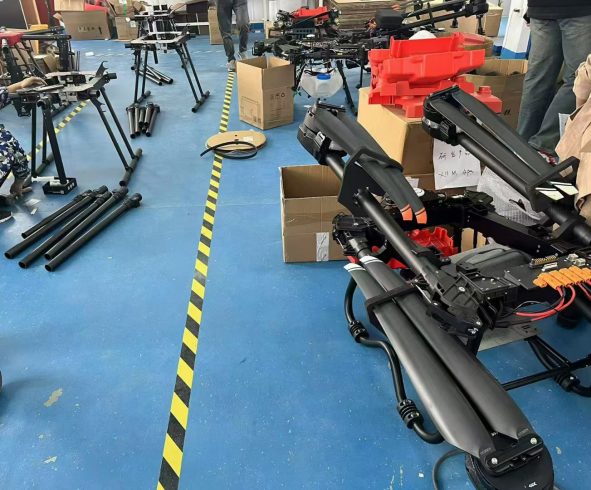
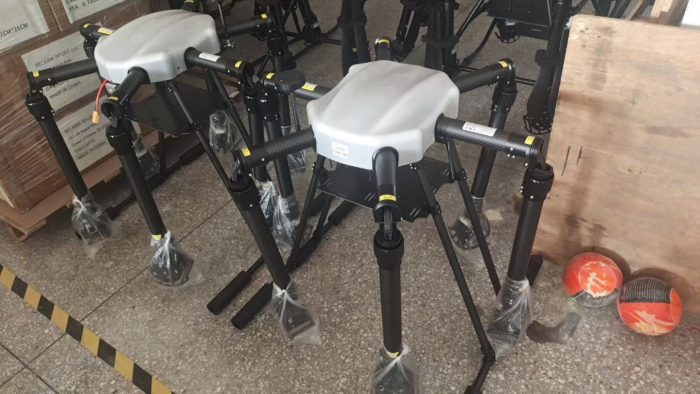
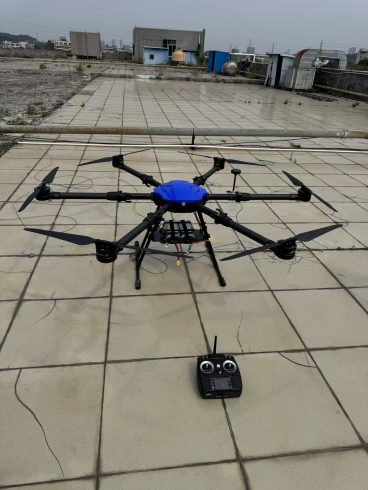
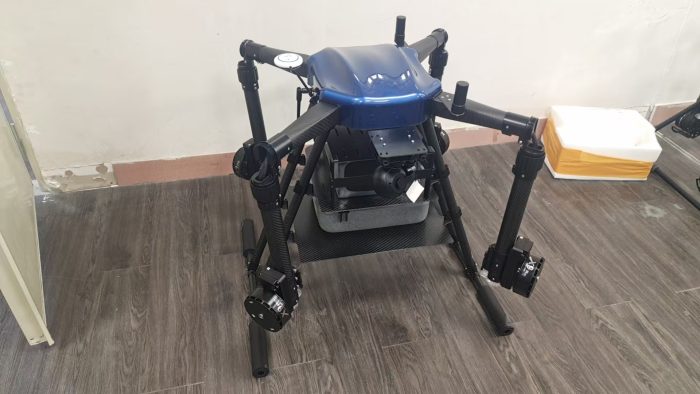
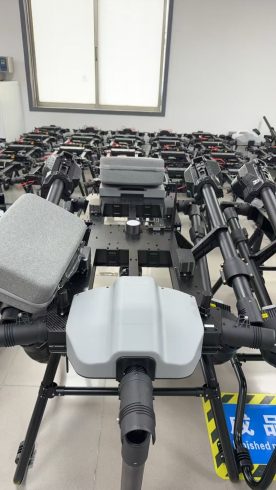

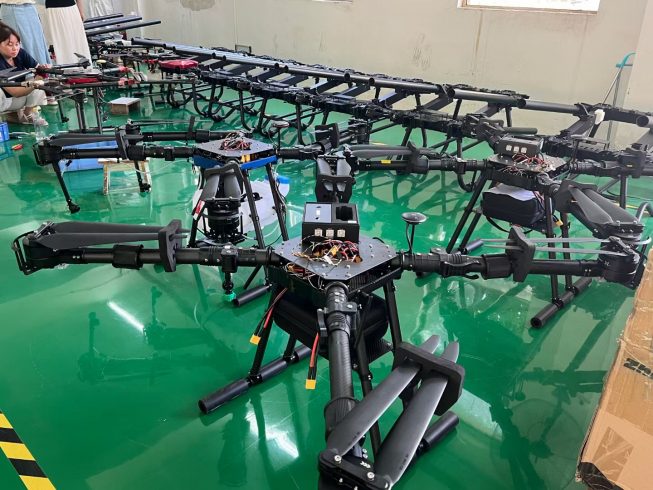

暂无评论内容